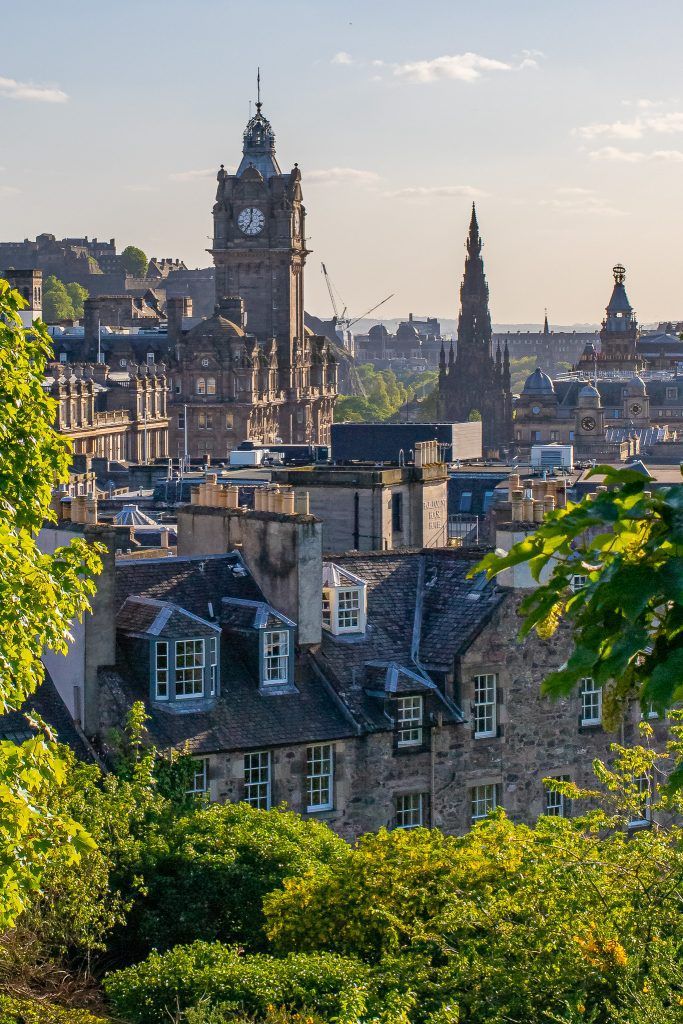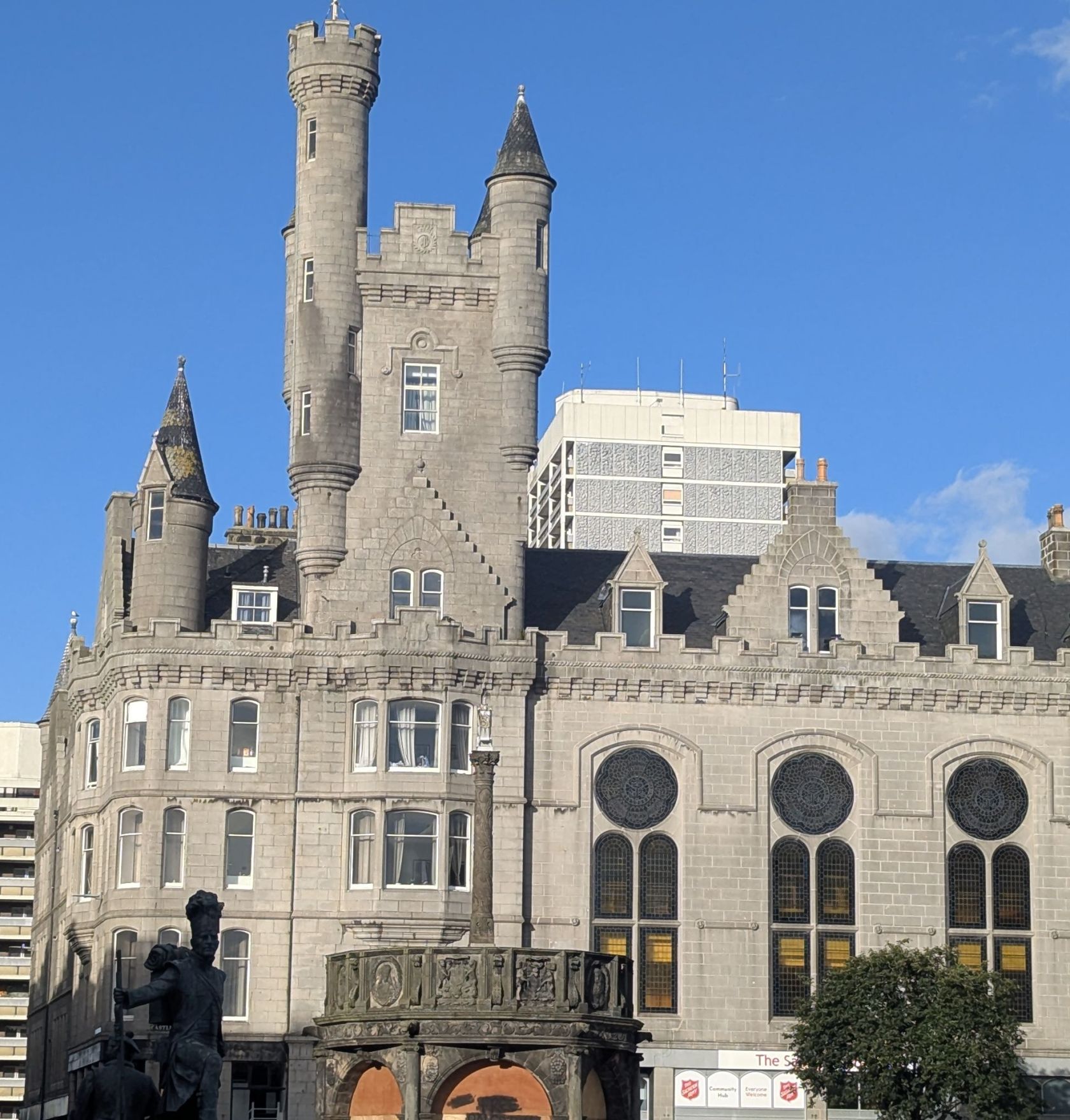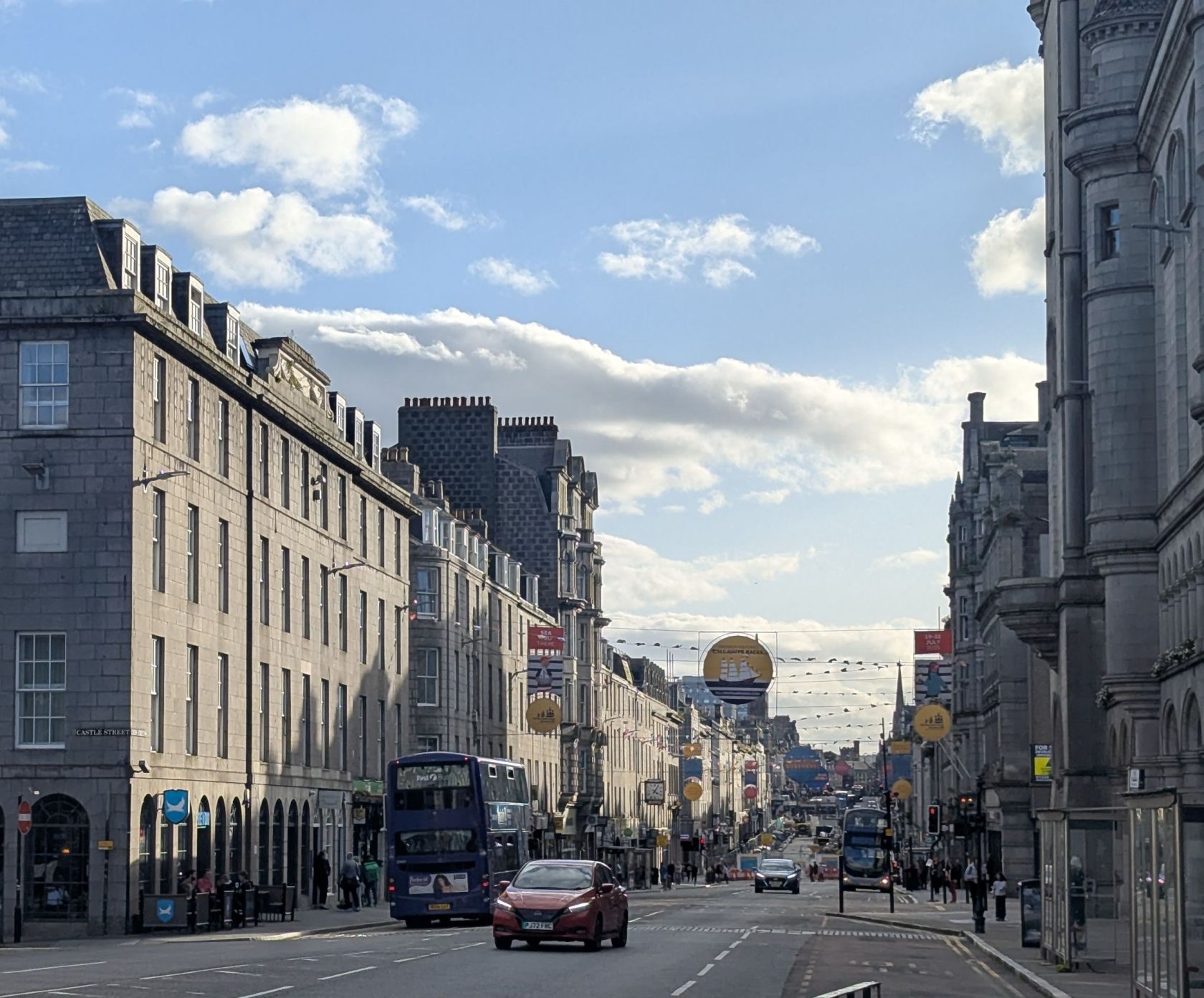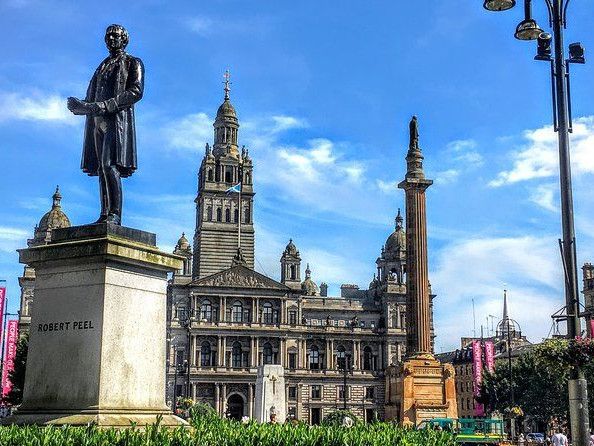Glasgow, Edinburgh and Aberdeen are three prominent Scottish cities each with its own distinct personality and numerous attractions. In this article my aim is to share some key aspects of each of these cities, highlighting their history, cultural significance, key attractions, culinary scenes and more.
Glasgow: A vibrant urban hub
Glasgow, Scotland’s largest city, is located in the west of the country along the River Clyde. Its history dates back to the 6th century when it began as a religious centre. The city became a significant player during the Industrial Revolution, transforming into a bustling port city known for shipbuilding and engineering. Today, Glasgow's rich industrial heritage is mirrored in its architecture and cultural offerings.
Architectural heritage
Visitors to Glasgow will be captivated by its stunning architecture, ranging from Victorian grandeur to contemporary designs. The city is home to several works by renowned architect Charles Rennie Mackintosh, with the Glasgow School of Art being a prime example. The university precinct features highlights like the Hunterian Museum and Art Gallery, showcasing an impressive collection of art and artifacts.
Cultural scene
Glasgow's cultural scene is thriving, earning it the title of the UK’s Cultural Capital in 1990. The Kelvingrove Art Gallery and Museum is a must-visit, housing an extensive collection that ranges from Renaissance art to Scottish history. Additionally, the city is famed for its music scene, hosting a variety of venues from small bars to large concert halls. The SSE Hydro, a state-of-the-art arena, attracts global acts and offers a vibrant nightlife.
Culinary delights
The culinary scene in Glasgow is diverse and inventive, with old favourites and modern gastronomy coexisting. For traditional Scottish fare, try a haggis dish at The Ubiquitous Chip, while the trendy Finnieston area boasts eateries featuring local seafood. The city’s vibrant food markets, such as the Glasgow Farmers Market, present fresh, local produce and artisan goods offering plenty of options for food lovers.
Edinburgh: The majestic capital
Edinburgh, Scotland’s capital, is perhaps best known for its historic and architectural significance. The city’s Old Town and New Town are UNESCO World Heritage Sites, showcasing a blend of medieval and Georgian architecture. The historical context of the city can be traced back to at least the 12th century, with significant developments occurring during the Scottish Renaissance.
Iconic landmarks
A visit to Edinburgh is incomplete without exploring its iconic landmarks. Edinburgh Castle, perched aloft on the famous Castle Rock dominates the skyline and offers breath-taking views of the city. The Royal Mile, a thoroughfare connecting the castle to the Palace of Holyroodhouse is lined with charming shops, cafes and filled with the unmistakable sound of bagpipes.

Arthur's Seat, an ancient volcano located in Holyrood Park, provides a scenic hike with panoramic views, making it a popular outdoor destination for both locals and tourists. The striking Scottish Parliament building, with its modern design is also worth a visit, offering insights into Scotland’s political landscape.
Festivals and events
The city comes alive during the summer months, especially in August, when it hosts the renowned Edinburgh Festival Fringe; the world’s largest arts festival. With thousands of performances spanning theatre, comedy, music and art - it attracts performers and visitors from all over the globe. The Edinburgh International Festival and the Edinburgh Book Festival are other notable events that highlight the city’s rich cultural tapestry.
Culinary scene
Edinburgh's culinary scene is an eclectic mix of traditional Scottish restaurants and international cuisine. Traditional dishes such as Cullen skink or venison are served in numerous eateries across the city. The Michelin-starred restaurant, The Kitchin, emphasises seasonal Scottish ingredients and offers an exceptional fine dining experience. For a more casual affair, the city’s cafés and street food markets, like the Edinburgh Street Food Festival, celebrate local flavours, craft beers and much else besides.
Aberdeen: The granite city
Aberdeen, often referred to as the "Granite City" due to its distinctive grey stone architecture, is located in the northeast of Scotland. The city's history dates back to the 12th century, with significant economic growth driven primarily by the fishing industry and later the oil boom in the North Sea. This rich economic history has shaped the city into a vibrant and cosmopolitan hub.

Architectural highlights
Aberdeen’s architecture is one of its most distinct features, with its numerous granite buildings sparkling in the sunlight. The Marischal College, one of the largest granite buildings in the world, is a stunning example of Scottish Gothic architecture and currently houses the city’s council office. Nearby, the Aberdeen Maritime Museum offers insights into the city’s maritime history, displaying exhibits that delve into shipbuilding, fishing and the oil industry.
Cultural highlights
While smaller than Glasgow and Edinburgh, Aberdeen boasts a vibrant cultural scene. The city is home to numerous theatres, including His Majesty’s Theatre and the Lemon Tree, hosting a variety of performances from musicals to live bands. The annual Aberdeen International Youth Festival attracts talented young artists from around the world, while the city also celebrates a diverse range of festivals throughout the year.

Culinary offerings
Aberdeen’s culinary scene reflects its maritime heritage, with an abundance of fresh seafood readily available. The city boasts several seafood restaurants, with The Silver Darling offering stunning views over the North Sea while serving a menu of local favourites. Additionally, Aberdeen’s Farmers’ Market showcases local produce, meats, and artisan foods, allowing visitors to experience the region's freshest produce first hand.
Connecting the three cities
Despite their distinct characteristics, Glasgow, Edinburgh and Aberdeen share a common trait: a commitment to preserving Scottish culture while embracing modernity. The cities are connected by an efficient transport network, making it easy for visitors to explore multiple destinations during their stay in Scotland.
Experience Scottish hospitality
Throughout these cities, Scottish hospitality shines brightly. Locals are proud of their heritage and are more than willing to share stories, tips and recommendations with visitors. Engaging with local traditions, such as ceilidh dancing or attending a whisky tasting session can deepen one’s appreciation of Scotland’s amazing culture.
Summary
In summary, Glasgow, Edinburgh and Aberdeen each offer unique aspects of Scotland’s diverse culture and history. From Glasgow’s vibrant urban atmosphere and artistic expressions to Edinburgh’s historical grandeur and festivals to Aberdeen’s maritime heritage and stunning architecture; exploring these cities will certainly provide an enriching experience.
Whether indulging in Scottish delicacies, touring ancient castles or taking in breath-taking local landscapes; a journey through these three cities promises lasting memories and a deeper connection to Scotland’s rich heritage.
No visit to Scotland would be complete without embracing the unique offerings of these urban gems, each contributing to the country’s overall charm and allure. It’s time to pack your bags, hit the road and set out to discover the magic of Glasgow, Edinburgh and Aberdeen.
As far as discovering Scotland is concerned - we've only just scratched the surface. Scotland has got so much more to discover. I just can't wait to uncover more of her delights.
Douglas Hughes is a UK-based writer producing general interest articles ranging from travel pieces to classic motoring.















